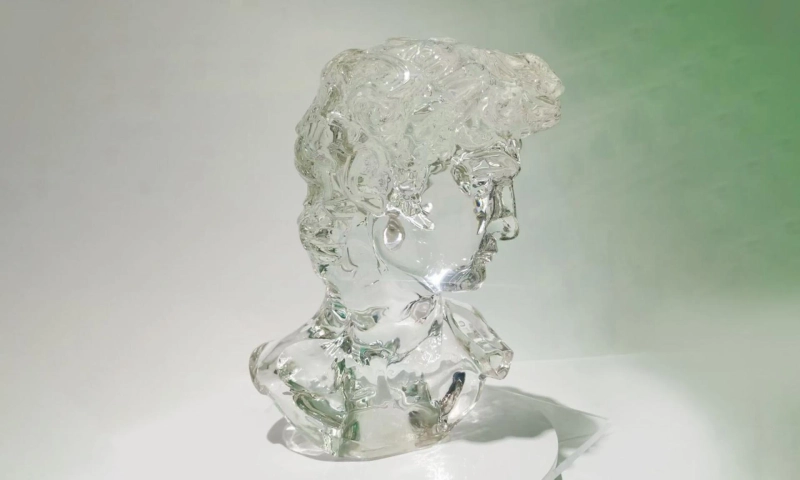The cast urethane molding process is a cost-effective option for prototypes or low-volume production parts. In addition to being known as polyurethane, urethane casting can also be used to fabricate plastics and rubber-like parts. Rapid prototyping with urethane has produced high-quality parts for many years.
Which process is best for your product in the urethane casting services? Here are five benefits of urethane casting that we\'ll cover in this blog.
1. Reduce the cost of tooling and parts
The cost-effectiveness of urethane casting parts is usually greater when more prototypes are required. A more significant number of prototypes may need multiple builds, increasing the price of additive manufacturing. Continuous molding is possible with cast urethane.
For the fabrication of cast urethane pieces, silicone molds are used. Silicone molds are much less expensive than aluminum or steel injection molding tools. The price of urethane molds may range from hundreds to thousands of dollars, while the cost of injection mold tooling can range from thousands to tens of thousands.
Molding Urethane Parts: How Do They Work?
There are only three steps involved in creating cast urethane parts.
Step 1: Use stereolithography (SLA) to convert liquid plastic into solid 3D objects, the most common form of 3D printing.
Step 2: Using the 3D-printed master, make a silicone mold
Step 3: Cast the urethane parts using the silicone mold
This process has a lower total cost and faster turnaround time than injection molding.
What types of parts can I use made of cast urethane?
As well as prototyping, engineering verification, and alpha and beta build, urethane molding is perfect for pre-production and low-volume production parts. Manufacturers often prefer this method of manufacturing and prototyping because of its speed and cost.
With urethane casting materials, a quick turnaround can bridge the gap when production ramps and deadlines are approaching quickly, allowing for a speedier time-to-market, especially in highly competitive fields.
2. The flexibility of the design
Cast urethane pieces are manufactured using soft tools or silicone molds, allowing on-the-fly design changes based on customer feedback. urethane casting equipment enables design changes from mold to mold at minimal costs since silicone molds last a limited number of shots (usually 25-30). It is possible to replace most injection mold tools for half their cost and in half the time.
Due to soft tools and thermoset materials, products with design flexibility can also include hard-to-mold features, such as undercuts and thick sections, that would be impossible with injection molding. Using elastic, flexible materials allows injection molds to be easily removed without expensive hand loads. It is possible to remove several pieces from the region after the mold\'s next shot has been released. The ability to iterate designs quickly when customer feedback is received is crucial in product development.
3. Time needed for tooling
In contrast to traditional injection molding, urethane molding requires a shorter lead time for tooling. No matter how large or small the part is, silicone molds used in urethane casting companies can be ready in as little as one to two weeks.
4. Material Offerings
Injection molding uses thermoplastic production plastics, whereas urethane molding uses polyurethanes to mimic injection mold-grade production plastics. Elastomeric and rigid durometers can both be molded using both processes.
There are hundreds of materials available in terms of durometers, colors, and specifications. You can use Pantone numbers to match colors, and it is even possible to use urethane and injection molding materials that are MR-clear, UL, and FDA-approved. Both processes can be used as well as over-molding plastic or metal components.
5. Part Finish
Cast urethanes have a similar strength and surface finish, unlike injection molded pieces. It is possible to color, texture, and paint urethane casting parts just like injection-molded parts. Therefore, even if these parts are scratched or damaged, they will continue to look good.
Casting made from urethane
See our FAQs page for more information about urethane casting services\' uses and finishes. Please get in touch with us today, and a member of our team will be able to assist you.
0


